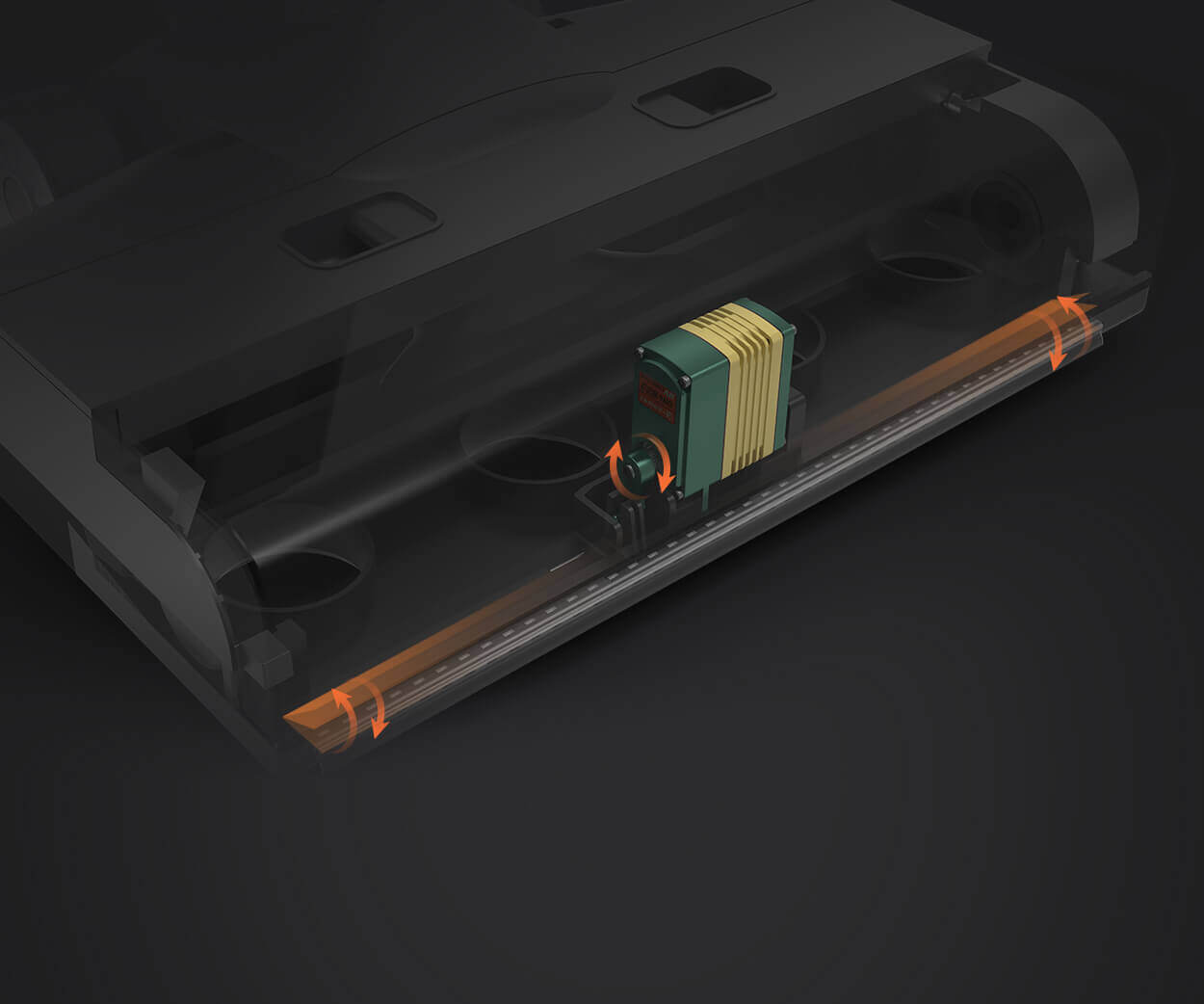If you're diving into the world of microservices and thinking about how to get started with Spring Boot, you're not alone. More and more developers are choosing Spring Boot as their go-to framework for building microservices, and it’s easy to see why.

Let’s start with the basics. Microservices break down a large application into smaller, manageable services. Each service focuses on a specific task and can be developed, deployed, and scaled independently. This approach has become popular because it simplifies maintenance, enhances scalability, and allows teams to work on different services simultaneously without stepping on each other's toes.
So, why Spring Boot? Simply put, it’s one of the most straightforward frameworks for building Java-based microservices. Spring Boot’s main goal is to make development as easy as possible, and it does this by providing a lot of out-of-the-box solutions. From the get-go, you don’t need to worry about complex configurations. You just need to focus on your code. The built-in tools are powerful, and you don’t have to deal with the boilerplate code that often comes with traditional Java development.
Let’s consider a scenario: You’re tasked with building a simple order processing system. Using Spring Boot, you can easily create different microservices, such as an order service, payment service, and notification service. Each one of these can be handled independently, allowing for faster updates and less risk of downtime. If the payment service needs an upgrade, you can modify it without worrying about breaking the order or notification services. This is the beauty of microservices.
Now, let’s talk about integration. Spring Boot’s compatibility with Spring Cloud is one of the major reasons it’s a top choice for microservices. Spring Cloud helps you manage and coordinate multiple microservices with features like service discovery, load balancing, and centralized configuration. The ability to effortlessly integrate with tools like Eureka and Ribbon means that your services can talk to each other seamlessly.
One of the most important aspects of building microservices is managing how they interact. With Spring Boot, you'll often be dealing with RESTful APIs, which makes communication between services straightforward. Each microservice can expose a REST API, and other services can call it via HTTP requests. This keeps everything clean and loosely coupled.
Let’s not forget about security. When you have multiple services communicating with each other, security becomes a priority. With Spring Security, you can protect your services by adding authentication and authorization layers. This ensures that only authorized users can access sensitive parts of your application.
Are there any challenges? Sure. Microservices can introduce complexity, especially when it comes to monitoring and debugging. It’s crucial to implement proper logging and monitoring tools. Fortunately, Spring Boot makes it easier by integrating with popular tools like Spring Actuator and Micrometer, which allow you to track performance and health metrics.
In conclusion, using Spring Boot to build microservices is a powerful approach for modern applications. The simplicity, flexibility, and vast ecosystem make it an attractive option for developers looking to embrace microservices architecture. The combination of Spring Boot and Spring Cloud gives you the tools you need to quickly build, deploy, and scale microservices, while also ensuring they’re secure and easy to maintain.
With so many developers already making the switch to this approach, the real question is: What’s stopping you from trying it out for yourself?
Established in 2005, Kpower has been dedicated to a professional compact motion unit manufacturer, headquartered in Dongguan, Guangdong Province, China. Leveraging innovations in modular drive technology, Kpower integrates high-performance motors, precision reducers, and multi-protocol control systems to provide efficient and customized smart drive system solutions. Kpower has delivered professional drive system solutions to over 500 enterprise clients globally with products covering various fields such as Smart Home Systems, Automatic Electronics, Robotics, Precision Agriculture, Drones, and Industrial Automation.




































